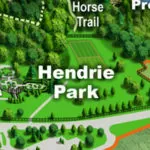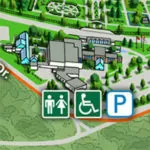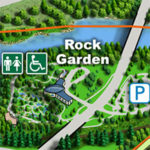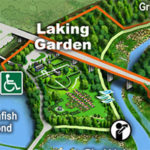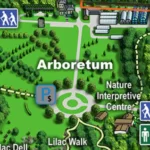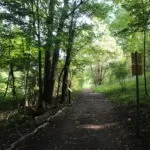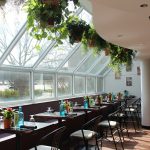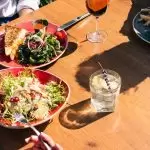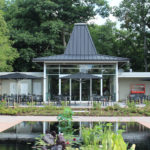| Membership | Price (+HST) |
|---|---|
| Single | $85/year |
| Single Plus | $120/year |
| Family | $130/year |
| Family Plus | $175/year |
| Contributing | $300/year |
| Supporting | $600/year |
| Sustaining | $1,000/year |
| Benefactor's Circle | $2,500/year |
| Director's Circle | $5,000/year |
| President's Circle | $10,000/year |
Invasive Species Management
Royal Botanical Gardens’ 812 hectares of nature sanctuaries envelope the western end of Lake Ontario. These properties are dominated by three types of habitats: wetland, forest, and grassland. With more than 750 native plant species, 277 types of migratory birds, 37 mammal species, 14 reptile species, 9 amphibian species and 68 species of Lake Ontario fish, the area is an important contributor to ecosystems that span international borders.’
RBG’s widespread properties support a diverse range of species concentrated in our natural lands. Invasive species are one of the largest threats to the sustainability of the region’s biodiversity.
What are invasive species?
Invasive alien species are any species transferred from one ecosystem to another, whether through human activity or natural factors, and have a detrimental impact on the environment or human health.
Our Natural Lands department works to conserve and restore habitat; invasive species are a major obstacle during these projects. Compared to native species, invasive plants grow rapidly in a wide range of conditions and produce more seed. These biological characteristics, paired with a lack of predators to control them, allow invasive plants to outcompete our native vegetation for light, nutrients, and space, while at the same time disrupting the natural food web.
What is the status of invasive species at RBG?
Several centuries of accidental and intentional species introductions to the Lake Ontario region have occurred with hundreds of species now an issue and dominating habitats. Invasive species management projects have been a theme of Royal Botanical Gardens since its formation in the early 1940s, first tied to Common Carp a large Eurasian fish. Invasive species management has expanded dramatically in recent years in support of the Global Convention on Biological Diversity (1993), the federal Invasive Species Strategy (2004), and the provincial Invasive Species Act (2015).
The list of invasive species on the garden property is extensive, a result of the heavily impacted habitats, as well as a Great Lakes shipping port. Plants are the general focus, with top priority species including grasses such as European Manna Grass (Glyceria maxima), Common Reed (Phragmites australis), and woody plants including Eurasian Honeysuckle species (Lonicera sp), Eurasian Buckthorns (Rhamnus sp.). Direct threats by hybridization for Endangered status plants is also a theme and includes Chinese Chestnut hybridizing with American Chestnut, Japanese Heartnut with Butternut, and White Mulberry with Red Mulberry. Protection and recovery of these Endangered species prioritize the elimination of the Eurasian species as part of their federal and provincial recovery strategies.
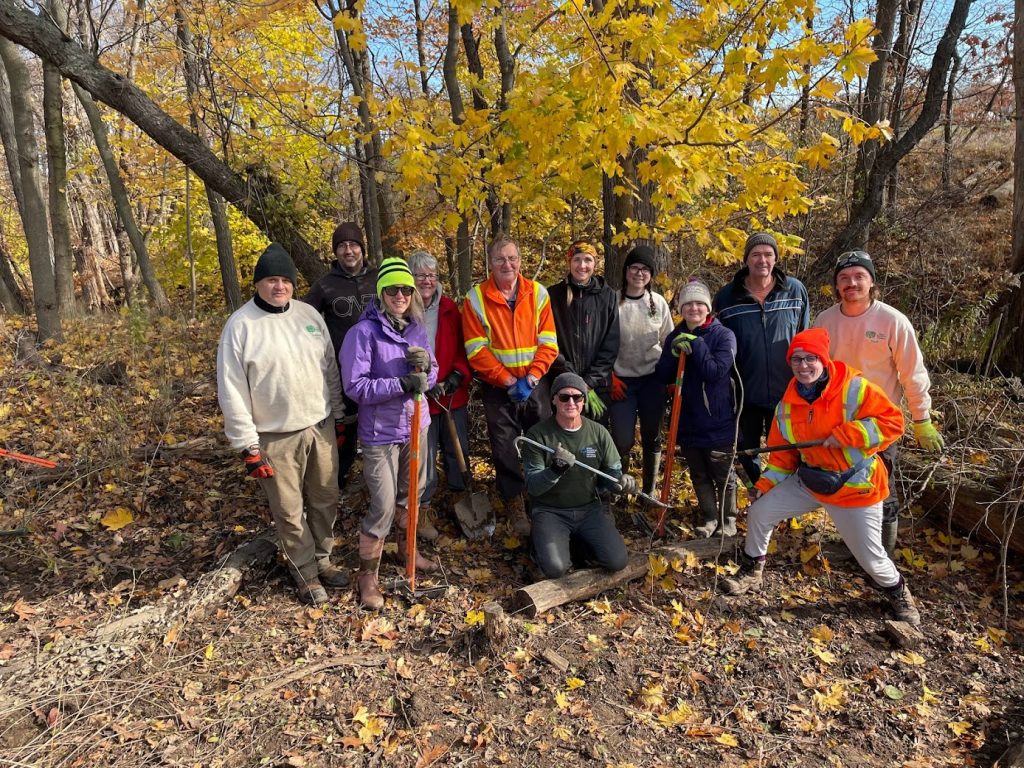
Celebrating RBG’s Biodiversity Guardians
Biodiversity Guardians are a subset of natural land volunteers who have been specially trained by staff to go out in their own time and try to keep invasive species from taking over. No mean feat. In 2021, more than 20,000 shrubs were removed by the Guardians, including 255 buckets of Garlic Mustard, thistle, Wild Teasel, and burdock, 35 garbage bags of Garlic Mustard and Dog-Strangling Vine and 859 invasive shrubs!
How You Can Help
Sustaining biodiversity is the ultimate goal. With help from community partners and dedicated citizens, we can protect and encourage native species, keeping the entire ecosystem healthy and beautiful. Use the tips below to prevent the introduction of invasive plants, insects, and animals to our local region.
- Learn how to identify and manage invasive plants. Educating yourself on this large-scale topic is an important first step. A good place to start is by exploring the list of additional resources below.
- Know before you grow. Choose native plants for your garden or yard.
- Do not release your pets (such as goldfish or aquarium pets) into the wild. Goldfish, for example, are not native to the area and interfere with the spawning and reproduction of native fish and wildlife species.
- Get involved locally! Become an RBG biodiversity guardian or volunteer with another environmental conservation organization.
To prevent the spread of invasive species in our nature sanctuaries, your impact matters.
- No shortcuts
Stick to designated trails to protect environmentally sensitive areas and to minimize the disturbance and the spread of invasive seeds. - Stick to middle
Walk in the middle of the trail as possible. Limit the spread of invasive plants since your shoes won’t be picking up their seeds along the trail edges. This also helps to minimize trail widening. - Clean your treads
Invasive species often make their way into trail systems on footwear, so if you are trying out trails in a different area, make sure to first give your soles a cleaning to remove clumps of dirt that may contain seeds. - Keep your dog on leash and check their paws
Similar to your shoes, your pet’s fur and paws can easily transfer seeds of invasive species from the forest.
Additional Resources
- Convention of Biological Diversity
- Invasive Alien Species Strategy for Canada
- Ontario Invasive Species Strategy
- Canadian Council on Invasive Species
- Ontario Invasive Species Centre
- Ontario Invasive Plant Council
- Ontario Phragmites Working Group
- Public Gardens as Sentinels against Invasive Plants Initiative
Read More about Invasive Species at RBG
Find more interesting articles and announcements on RBG’s Blog.

Support Conservation at RBG
These projects are possible thanks to the generous support of RBG Members and donors. With a donation to RBG’s Greatest Need, you can ensure an active, vibrant and healthy future for the children of today and tomorrow through our horticultural and conservation projects.
Forest Protection
A long history of adjacent land-use changes, air and water pollution, and introduced diseases are causing a gradual decline in forest health. The biggest threat to the forest ecosystem currently is Eurasian invasive plant species. Ongoing projects to remove invasive plants are focused on the old-growth ravines of the Special Protection Areas and volunteer events occur multiple times per year.
Grassland Restoration
RBG’s nature sanctuaries contain about 50 hectares of grasslands, 45 of which are being actively managed to help this diverse ecosystem thrive. Grasslands are typically made up of native grasses and flowering plants and contain little to no tree cover.
Wetland Restoration
An innovative freshwater marsh restoration venture, Project Paradise, includes a range of conservation projects with a long-term goal is to create the underlying conditions for ecosystem recovery. These marshes are the last areas not significantly infilled in the Hamilton/Burlington area, and largest on western Lake Ontario.

